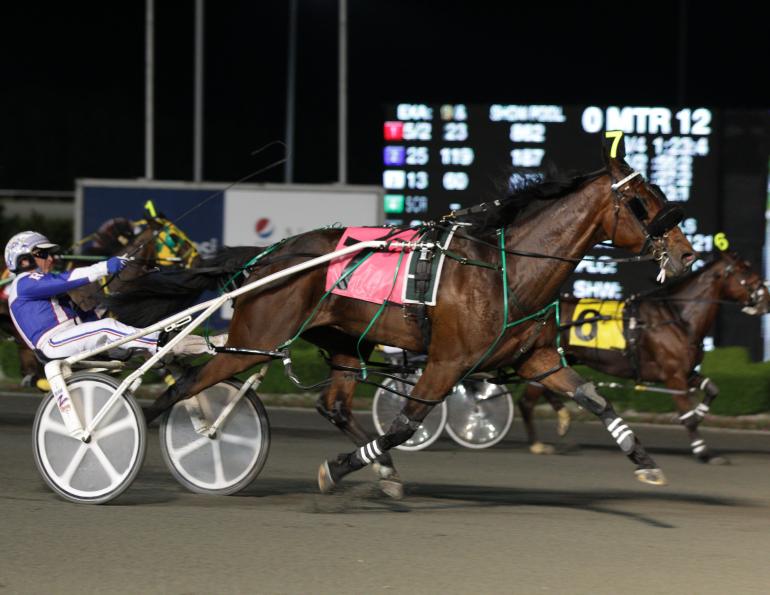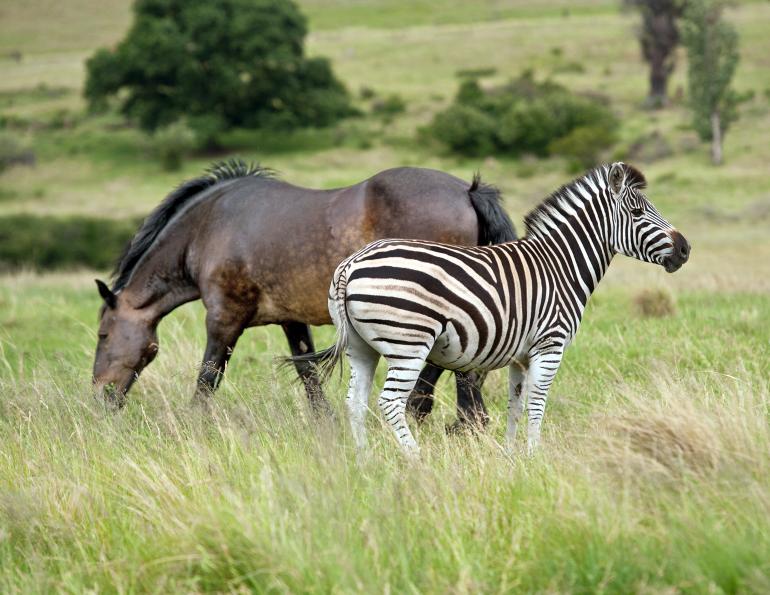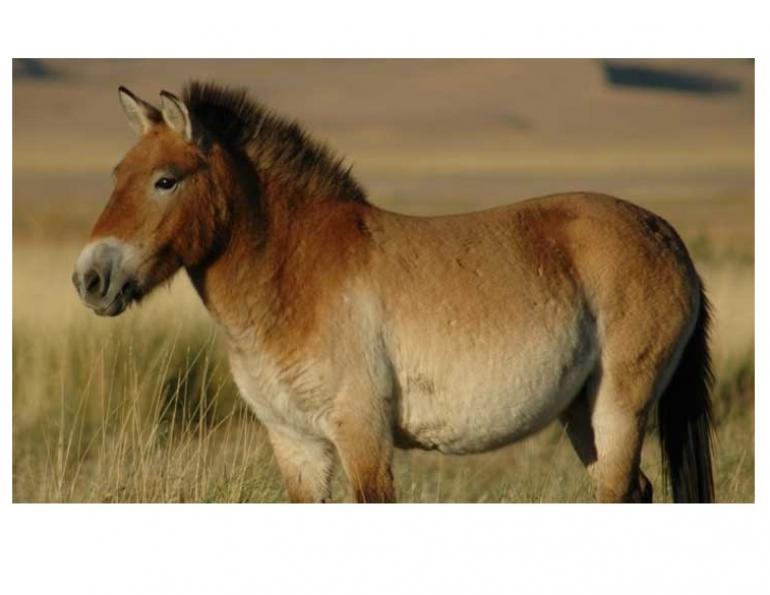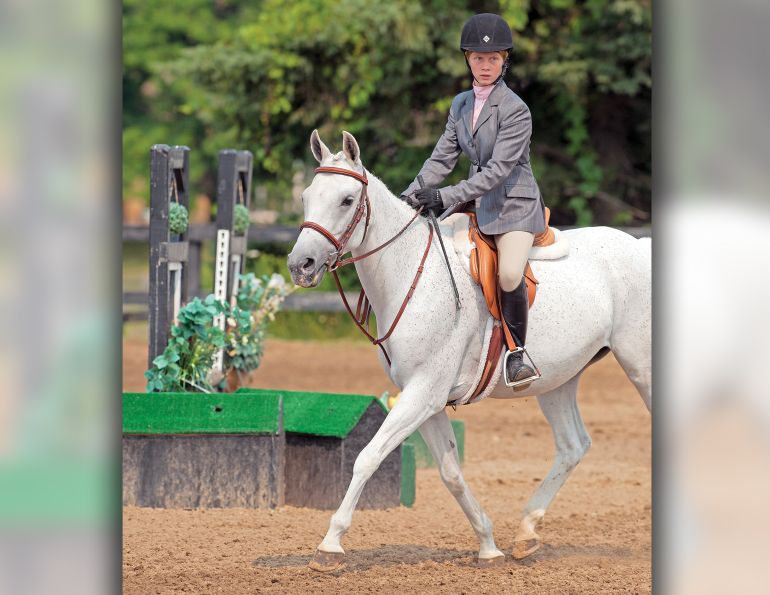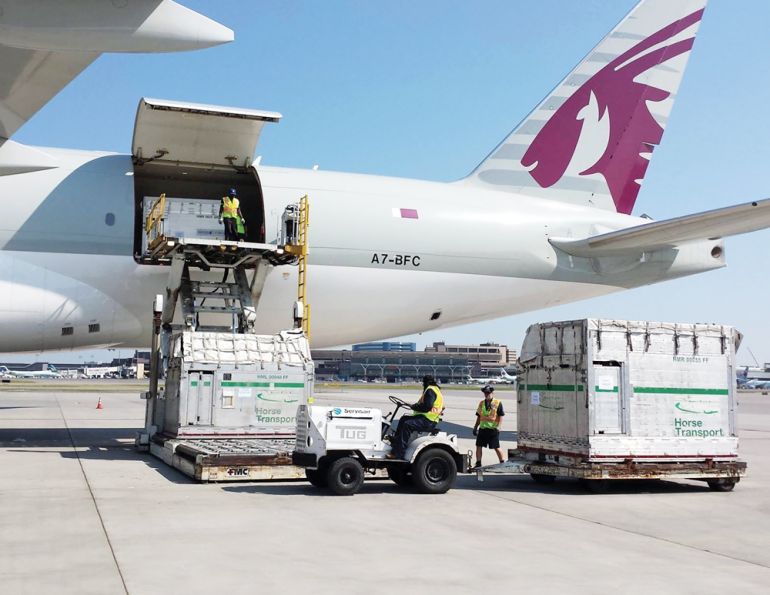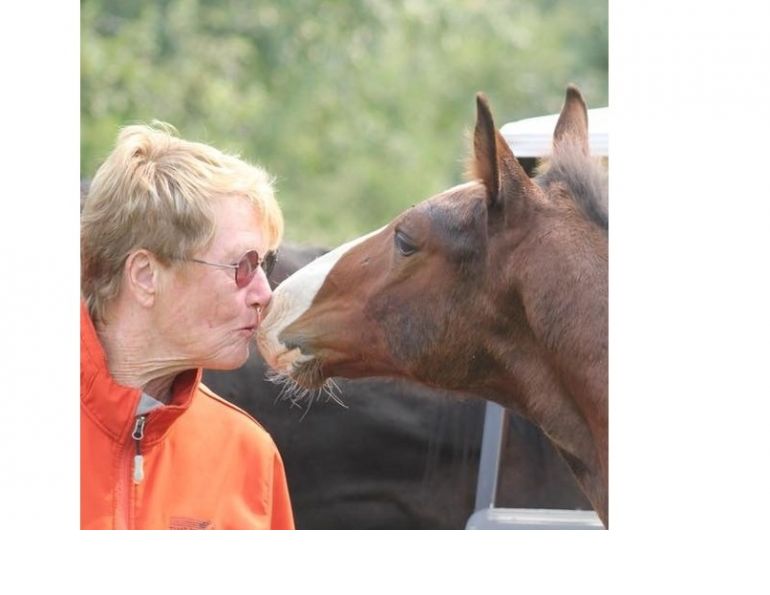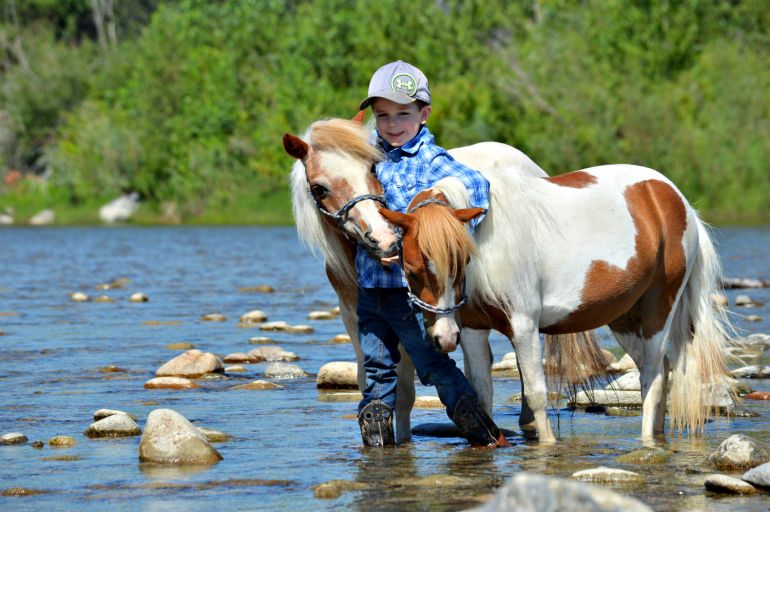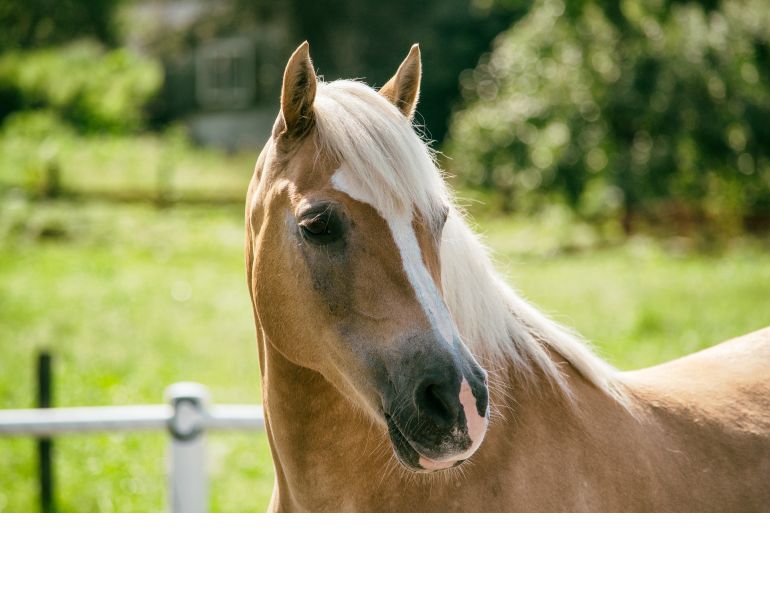The Impact of the Sudden Cancellation of Ontario’s Slots at Racetracks Program
By Lindsay Day
It has been nearly one year since the Ontario Liberal government announced their decision to end the Slots at Racetracks program, a revenue sharing agreement that saw a portion of the proceeds from slot machines housed at racetracks go to the horse racing industry.
Introduced over a decade ago, at a time when expanding lottery and gaming options were eroding the revenue base of racing, the program offered support to an ailing industry while providing the province with access to facilities where gambling was already taking place. In the years since its inception, the program has helped transform Ontario racing into the world-class industry that it is today. With the cancellation set to take effect March 31, 2013, it could also, ultimately, be the industry’s undoing – with far reaching repercussions.
“Ontario racing represents 85 percent of the horse racing industry in Canada,” says Vel Evans, principal consultant at Strategic Equine, Inc. Though racing is not the largest sector of the Canadian horse industry on a national scale, its members are by far the biggest spenders proportionate to the number of horses. And that level of economic activity has helped support a robust horse industry.
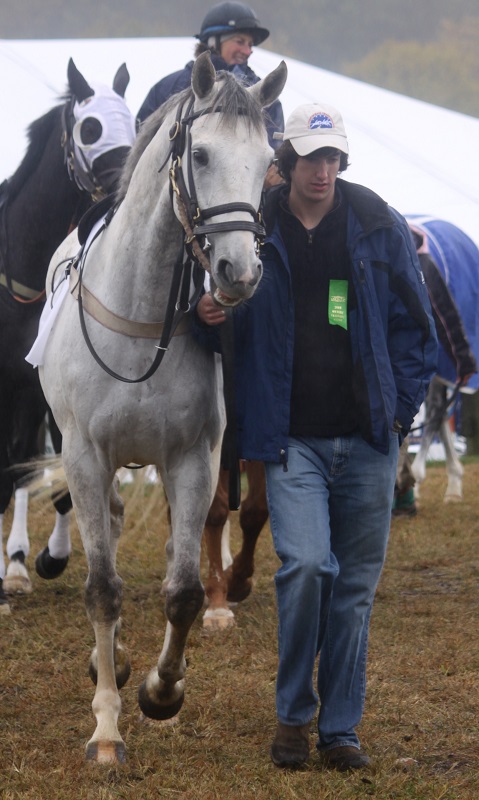
The racing industry in Ontario supports an estimated 55,000 full-time and part-time jobs. Its collapse or contraction would mean the loss of many people's livelihoods.
Racing in Ontario contributes an estimated $2 to $2.5 billion to the economy each year through on-farm and off-farm expenditures. A whole range of businesses - veterinary clinics, farriers, feed mills, hay farmers, tack shops, building and farm equipment suppliers, and trailer manufacturers among them – have been supported by the industry’s growth.
“When you look at horse racing internationally one of the things you find is that where there is a strong racing industry, there is also a healthy and strong horse industry in general,” observes Evans. Racing has been a driving force in the development of new medications, treatments, and diagnostic techniques for horses. As a result of demand created by the racing industry, a number of equine products and services have become more readily available and affordable for the horse community as a whole.
Racing has also been a major contributor to funding for equine health research. “About 80 percent of the money that supports our equine research is tied to racing,” says Dr. Jeff Thomason, co-Chair of Research at Equine Guelph. That money has helped fund a range of studies at the University of Guelph, contributing to the global body of scientific knowledge and helping improve the health of horses worldwide.
With the future of racing uncertain, there is a lot at stake. “It would be a mistake to think of the cancellation of the slots program as something that only affects a small group of people involved in racing in Ontario,” says Evans.
Thomason concurs, “I think the domino effect of this is beyond people’s reckoning at this point.”
During budget discussions in early 2012, the Ontario government was searching for ways to address a $15 billion deficit. Racing’s 20 percent share of the slots revenue (totaling $345 million in 2011) perhaps seemed like easy money and cancellation of the program was incorporated as part of the Ontario Lottery and Gaming Corporation’s modernization strategy – a plan that also includes bids for 29 casinos across the province, as well as expanding gaming opportunities at bingo halls (where operators, incidentally, will be taking a 47 percent cut of the revenue).
While the Slots at Racetracks program has been a boon to the horse industry, and has delivered roughly $1.1 billion annually to government coffers through their 75 percent share of slot revenue, it was not without shortcomings. With no benchmarks set for the use of the funds, some racetracks invested their share of the money in developing their product while others did not. Internal fighting amongst industry groups, and a general complacency and lack of interest in the consumer experience has also been problematic. A revision of the program was arguably long overdue. On the other hand, its abrupt and outright cancellation has sent the industry into a tailspin.
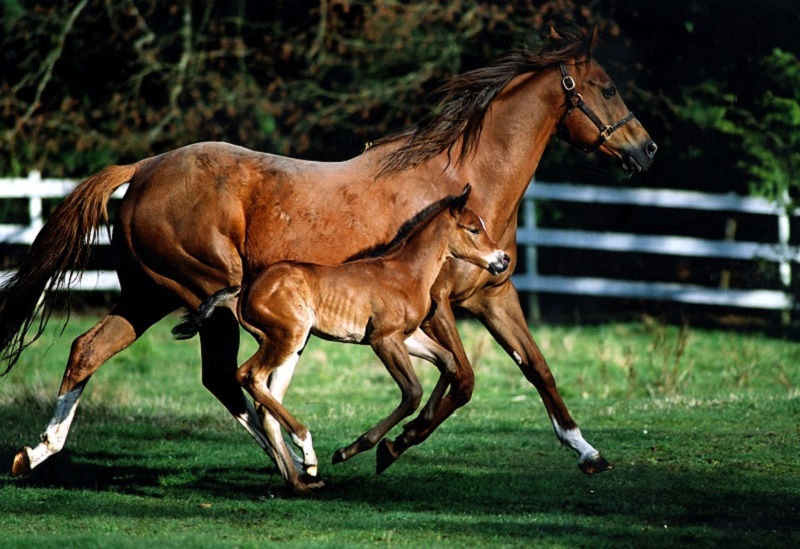
Breedings in Ontario this season were down one third to one half from last year, and some of the industry's top stallions and broodmares have been moved out of the province. Photo: Robin Duncan Photography
“Every day is a struggle right now,” says Joanne Colville, who owns and operates a Standardbred breeding farm in Moffat, Ontario. Like others she saw heavy losses at the yearling sales where prices were down 25 to 60 percent this year. For breeding farms that work on a three to five year business cycle, and for whom the sales often represent the main source of revenue for the year, it will be difficult to recoup the investments made prior to the unexpected termination of the slots program.
Breedings this season were down one third to one half over the previous year and some of the industry’s top stallions and broodmares have been moved out of the province. Colville says she hasn’t ruled out selling their 30-acre farm and relocating to another racing jurisdiction as well. “It’s not what I want to do. It may be what I have to do.”
In June 2012, the Ontario government appointed an advisory panel to make recommendations on the transition of the industry, including the allocation $50 million in transition support over three years. But by August the panel had concluded that the funding would be inadequate. “Few if any industries could survive such a sharp financial loss,” their interim report states. Though firm in their stance that it would be a mistake to reinstate the slots program, the panel emphasized the need for some level of government support to maintain a world-class racing industry. In fact, as they note in their report, they could not find a single example of another jurisdiction where a viable horse racing sector exists without government assistance.
With a belief that the industry is worth saving, the panel put forth their proposal for a sustainable industry in their final report. Envisioned is an industry operating at about half its current size in terms of race days and total purse money, with an emphasis on accountability and transparency with respect to public funding.
But as the end of the slots program rapidly approaches, the path forward is far from clear. While the panel and industry groups have continued to stress the urgency of matter, the government has yet to commit to any of the recommendations, and with the Ontario premier stepping down and proroguing parliament until February 2013, it has been particularly difficult to make any definitive progress.
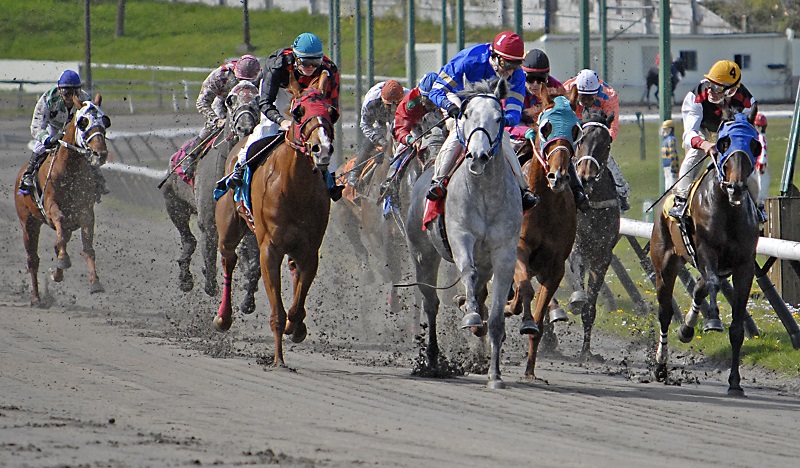
The Slots at Racetracks program, cancelled by the Ontario government in an effort to address a $15 billion deficit, generated $345 million in revenue for the racing industry in 2011, and an annual $1.1 billion for the provincial government which receives 75 percent of slot revenue. Photo: Kerri-Jo Stewart/Flickr
In the meantime, the damage is mounting. A number of racetrack employees have received their lay-off notices. Vet clinics have seen their caseload drop while veterinary students promised jobs have not been hired on. Building upgrades have been postponed and equipment orders cancelled. The situation is only expected to get worse once the slot money disappears at the end of March.
Jim Wellwood is already witnessing the effects of the industry contraction at his Standardbred training centre in Ancaster, Ontario, near Flamboro Downs racetrack. Nearly half of the 70 stalls at his farm now stand empty. With the fixed costs associated with farm upkeep and declining rental income, he acknowledges he has some tough business decisions ahead.
“Some of us have options but other people don’t,” he notes. Racing supports an estimated 55,000 full-time and part-time jobs in Ontario, and the question remains as to how many may end up unemployed and potentially on welfare if the industry collapses or is shrunk to about half its current size. “Everyone’s got skills in this industry but they are specialized and non-transferable. They talk about money for retraining people but the truth is no industry is looking for thousands of fresh new faces right now.”
“The whole thing is just such a mess from top to bottom. And there’s so many moving parts to it, we haven’t been able to find any solid ground.” For Wellwood the uncertainty is beginning to take its toll on his health. “You get tired of fighting with the tracks, tired of rallies, tired of struggling. Just tired of bad news.”
Unfortunately, for this industry, there’s been no short supply of it. In their interim report the transition panel suggested that if Ontario racing were to cease completely, provisions should be made for “the humane dispatch and disposal of 7500 to 13,000 horses,” a claim that quickly attracted attention from the mainstream media. While their final report proposes that this worst-case scenario would be negated if the panel’s recommendations were adopted, with little progress to date, there is concern that such optimistic predictions are not congruent with the reality at ground level.
The industry-funded adoption societies are already at over-capacity and with a flood of horses on the market it has become difficult for people to even give them away. A hay shortage due to a summer drought in the province has not helped matters either. At a time when people’s livelihoods are being undermined, the rising cost of hay has created what many are calling “the perfect storm.” Sadly, it is feared that some horse owners may be faced with the difficult decision to euthanize horses they can no longer afford to keep and for whom homes cannot be found.
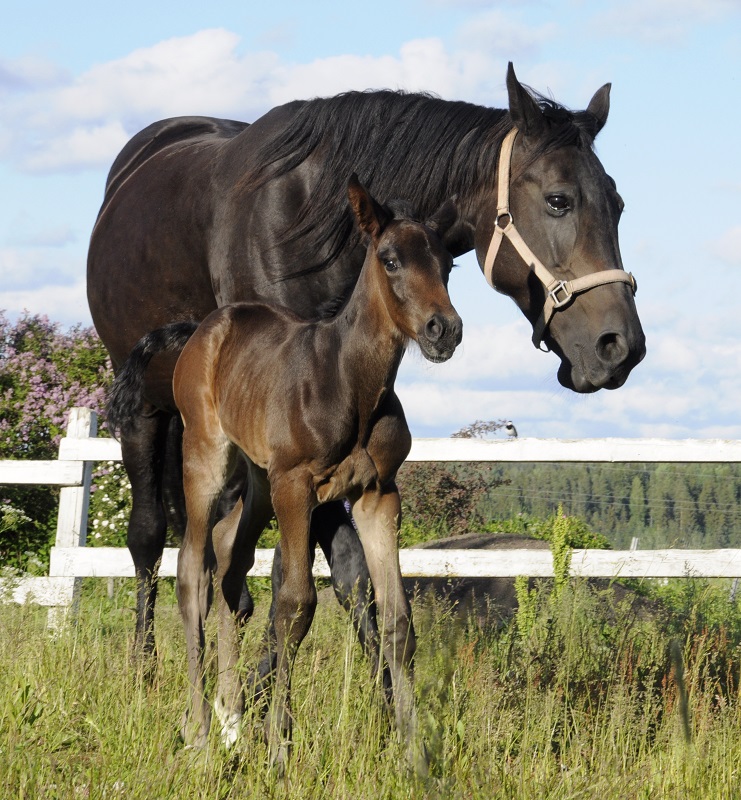
With adoption agencies over-capacity, a hay shortage caused by the summer drought, and their livelihoods threatened, some horse owners may be faced with the difficult decision to euthanize horses they can no longer afford to keep and for whom homes cannot be found.
For Alison Moore, DVM, euthanizing healthy horses is not something she says she is personally willing to do. “It really takes something out of you. It’s hard to explain but it’s incredibly mentally draining and it’s a horrible feeling. Even the veterinarians that are okay with it – and I’m not judging them because there are people who are practical minded and see this as a part of business – but I don’t think they can do it for that long. It’s the same as the vets who had to destroy cattle with the BSE scare – they were immensely affected from killing all those animals.”
It’s really important that people understand the link between what we are faced with and why it is happening, continues Moore. “This huge burden has been placed upon us out of the blue and it’s not given anybody any time to adjust to it – to sort horses through the general channels that we’ve always sent them through.”
Given the dire circumstances, many people within the horse racing community and beyond have been rallying to do what they can. The Hay East initiative has brought in hay donations from Western Canada, and some former racehorses have recently found new homes. However, with the current economic climate and continued contraction of the industry, the challenges remain daunting.
The present situation contrasts sharply with the state of the industry just one short year ago before the decision to end the Slots at Racetracks was announced. “I came into veterinary practice ten years ago when the slots were just gaining steam,” recalls Moore. “And you think of all the advances we’ve made in building the industry since that time. It wasn’t perfect and we all know that, but it was such a strong industry.”
“No one I know thinks this makes any sense,” Moore continues. “And what is so frustrating is that it feels like we can’t be heard. There’s been no respect for the industry, no respect for the people whose livelihoods are at stake, no respect for the animals.”
In the face of such adversity, many believe that it is time for horse industry to work together. “When the automakers go to the government they go to them speaking with one voice,” says Gayle Ecker, Director of Equine Guelph. “It’s not to say that they all get along and don’t have their own diverse opinions, but they have been able to use coalition politics when needed and it has made a difference to them in achieving ground. We have many different groups and players in this industry, but I don’t think we are all that different. At the end of the day the goal is the same, and that is a strong and healthy horse industry.”
“There are so many silos in this industry representing different breeds and disciplines, and I think that has been to our detriment,” says Dianne Graham, Executive Director of the Ontario Equestrian Federation. “I’m not placing blame - this has been an historic issue. But it’s like any war, when you don’t have a united front and you have little battles within, it makes you very vulnerable.”
“The racing industry is in survival mode right now,” she continues. “We won’t be able to solve all our challenges right away, but I hope that we will be able to come together in the future and look at the big picture. There are good hardworking people in every sector and there are people in each group that take exceptional care of their animals. You have to put your differences aside and focus on your similarities. I believe that strongly.”
“The infrastructure of our industry is already damaged to a very high degree and it will take time to restore that,” acknowledges Ecker. “But I think if we can get to the point where we wipe the slate clean and ask, ‘Where we can go from here?’ then there will be room for the kind of dialogue and partnerships that will be required to build the foundation for stronger industry down the road.”
“If you take a look at other industries that have fallen into serious problems you find that when they are able to successfully reposition themselves, out of the deterioration emerges a stronger group when they have the leadership and expertise that brings them together with a united vision.” Ecker points to the Grape Growers of Ontario as one such success story. “They were faltering as an industry but were able to work collectively to grow the market for Ontario grapes. They emphasized the value of small wineries, created festivals and a wine trail, and their wines are now recognized worldwide.”
“This is about more than just racing in Ontario,” emphasizes Ecker, who points out that if horse racing disappears or shrinks to a significant degree there will be implications for all of us. “We’ve been a bit like the Standardbreds going down the track with blinkers on, and we need to change that approach. Now more than ever we all need to be singing from the same choir book.”
It is difficult to measure the true impact of the decision to end the Ontario Slots at Racetracks program: How many of the 55,000 jobs will be lost? How much of the $2 to $2.5 billion in annual expenditures will disappear from our economy? How many of the 26,000 horses will have their lives put in jeopardy? One day we may be able to quantify those things. But at the root of the matter there is also something much deeper, and that is the value of the role that the horse plays in our lives, in our communities, and in our hearts.
Let us keep those people and horses who will bear the brunt of this upheaval in our thoughts and join in solidarity to work towards a better future for our industry - one where horses can continue to make a valuable contribution to our society, where their health and welfare always remains a top priority, and where we are able to introduce and welcome others to share and experience what the horse has to offer. Because I believe, as every horse person comes to understand, what horses give to us is truly immeasurable.
Lindsay Day is a Registered Equine Massage Therapist based in Ontario. www.EQmassage.ca
Main Article Photo: Courtesy of Standardbred Canada
This article originally appeared in the 2013 Equine Consumers' Guide.
Sign up for our E-Newsletter to learn about new blog posts, the current EquiNews, fun contests, and the latest articles featured on HORSEJournals.com. Unsubscribe at any time.



